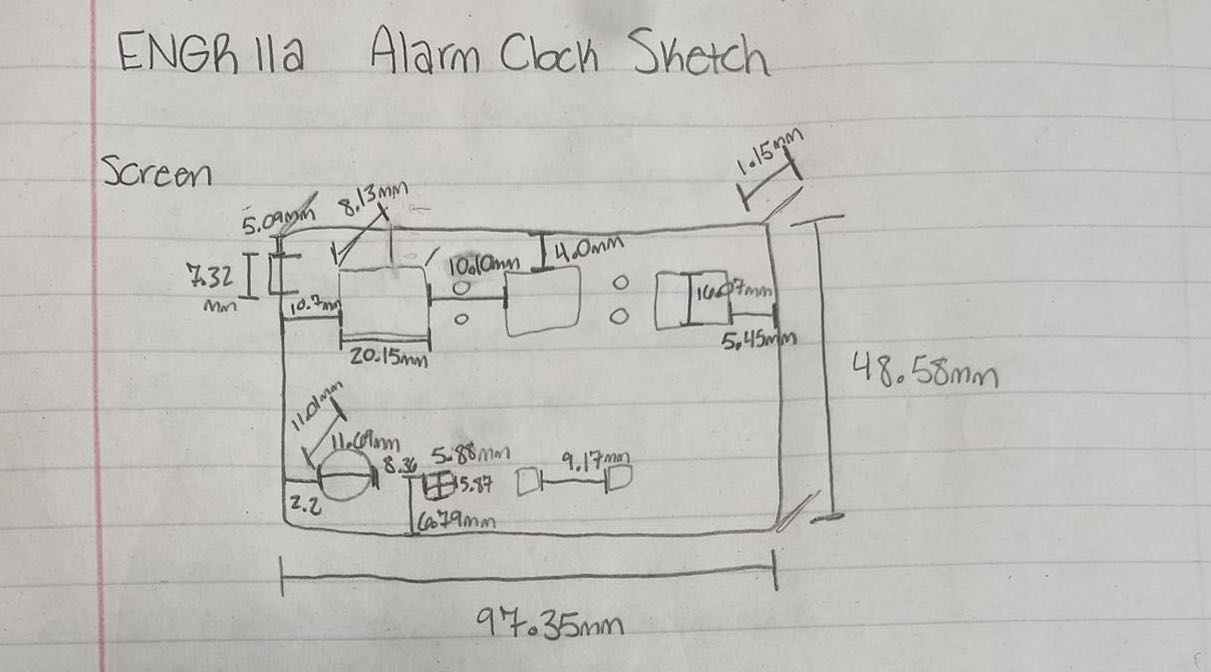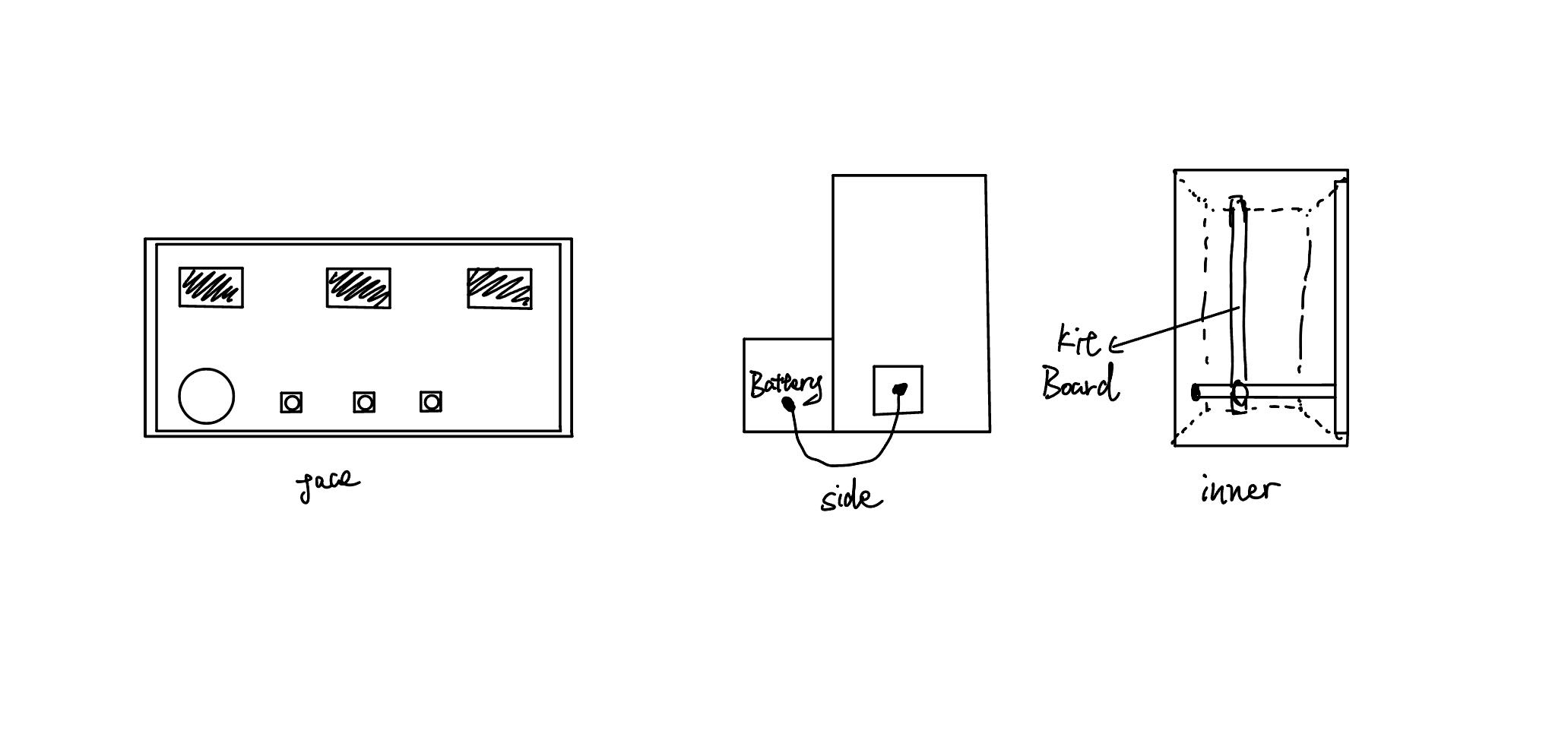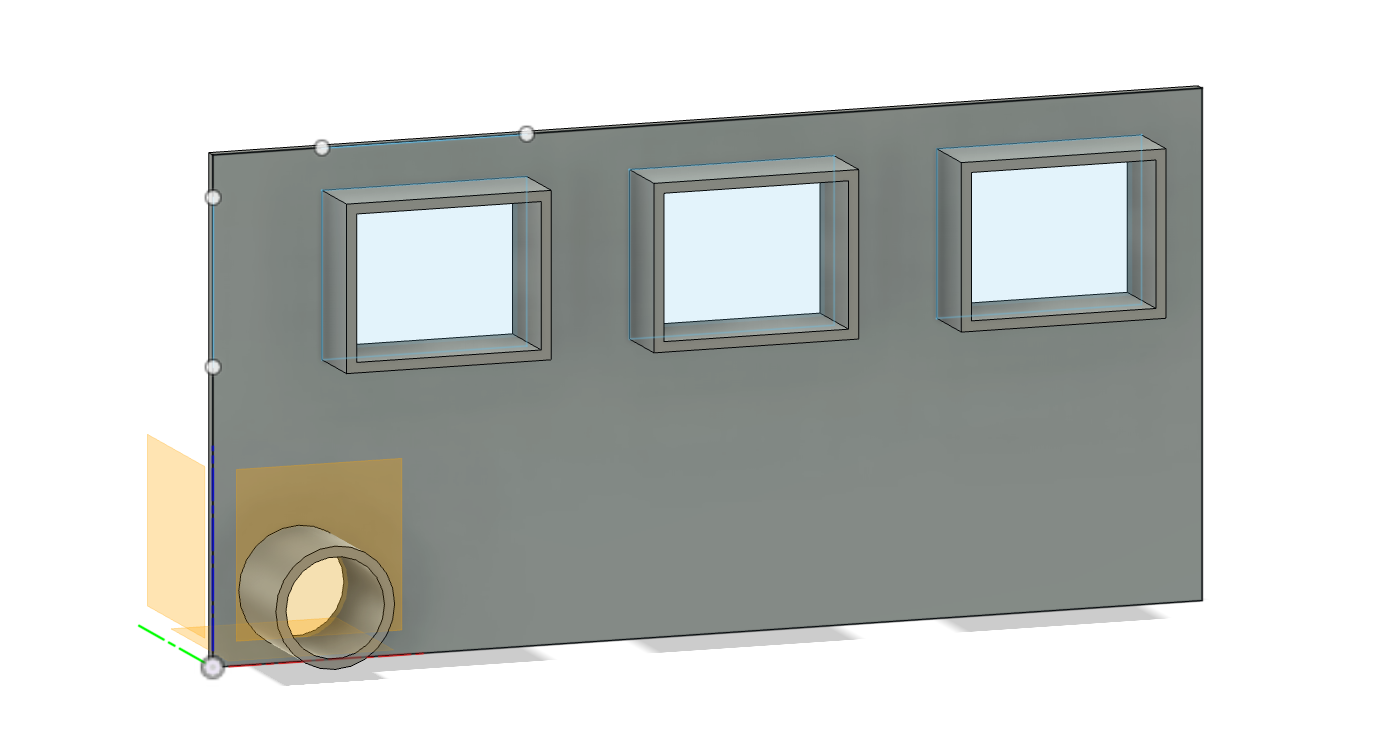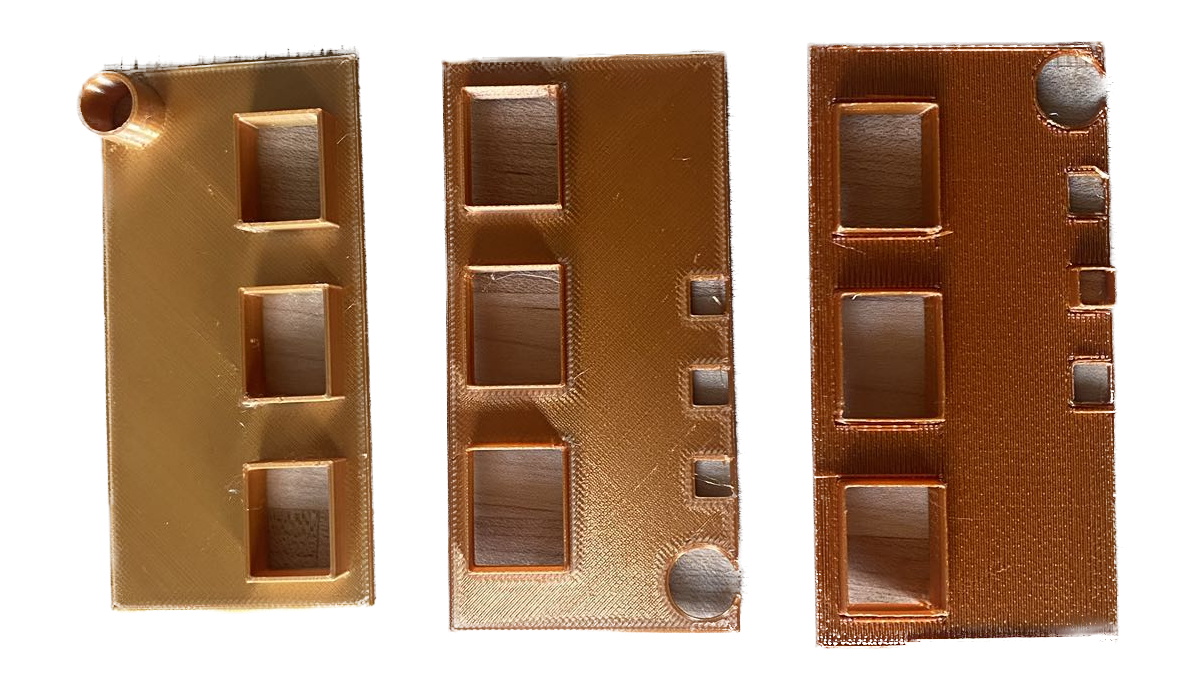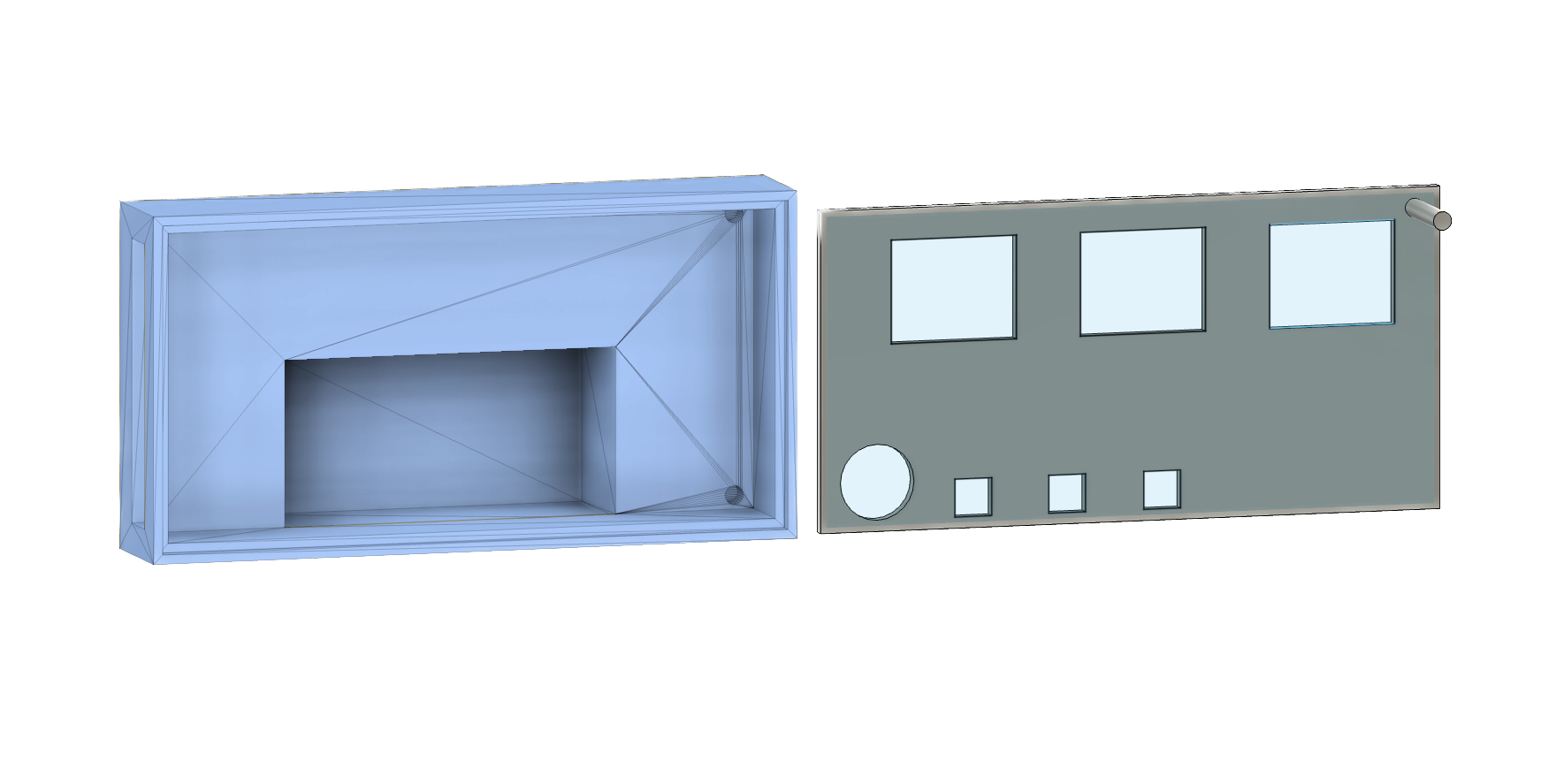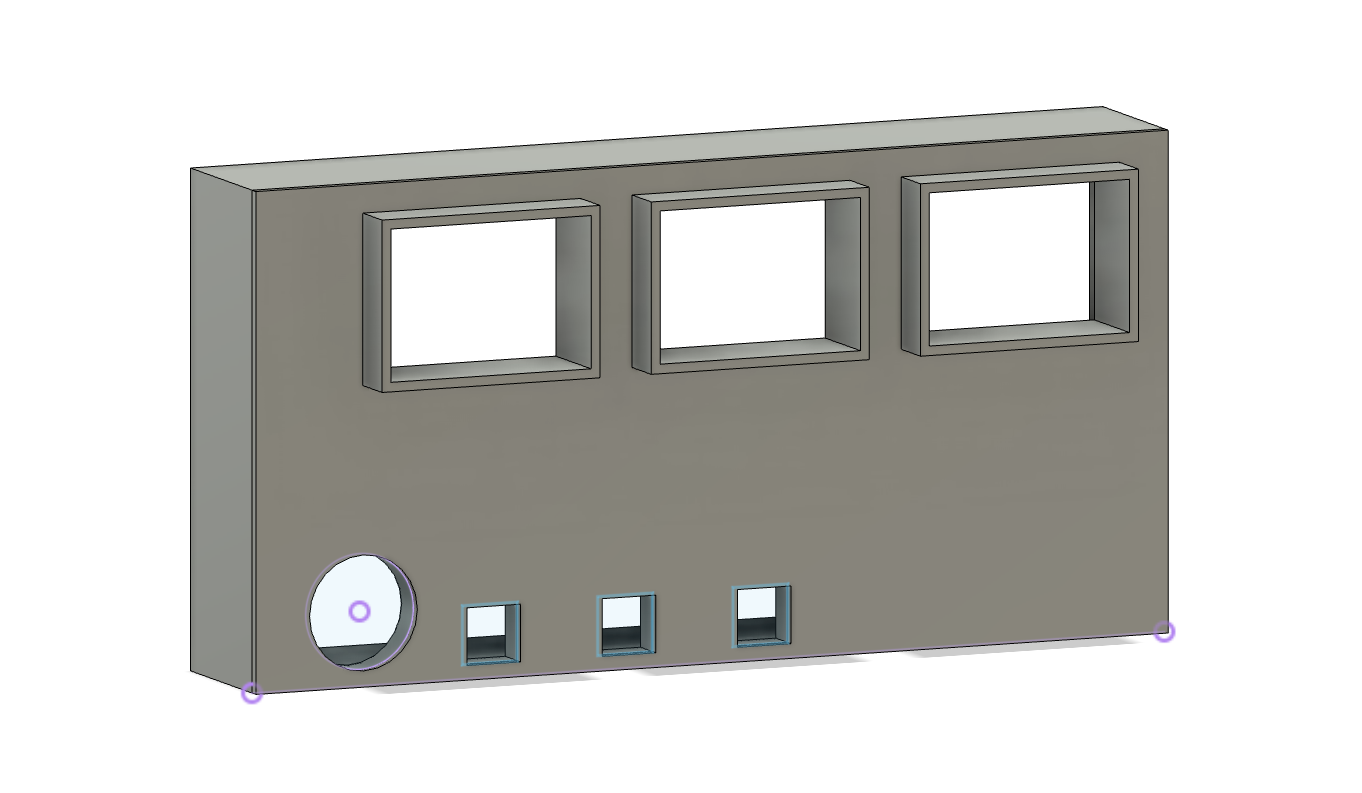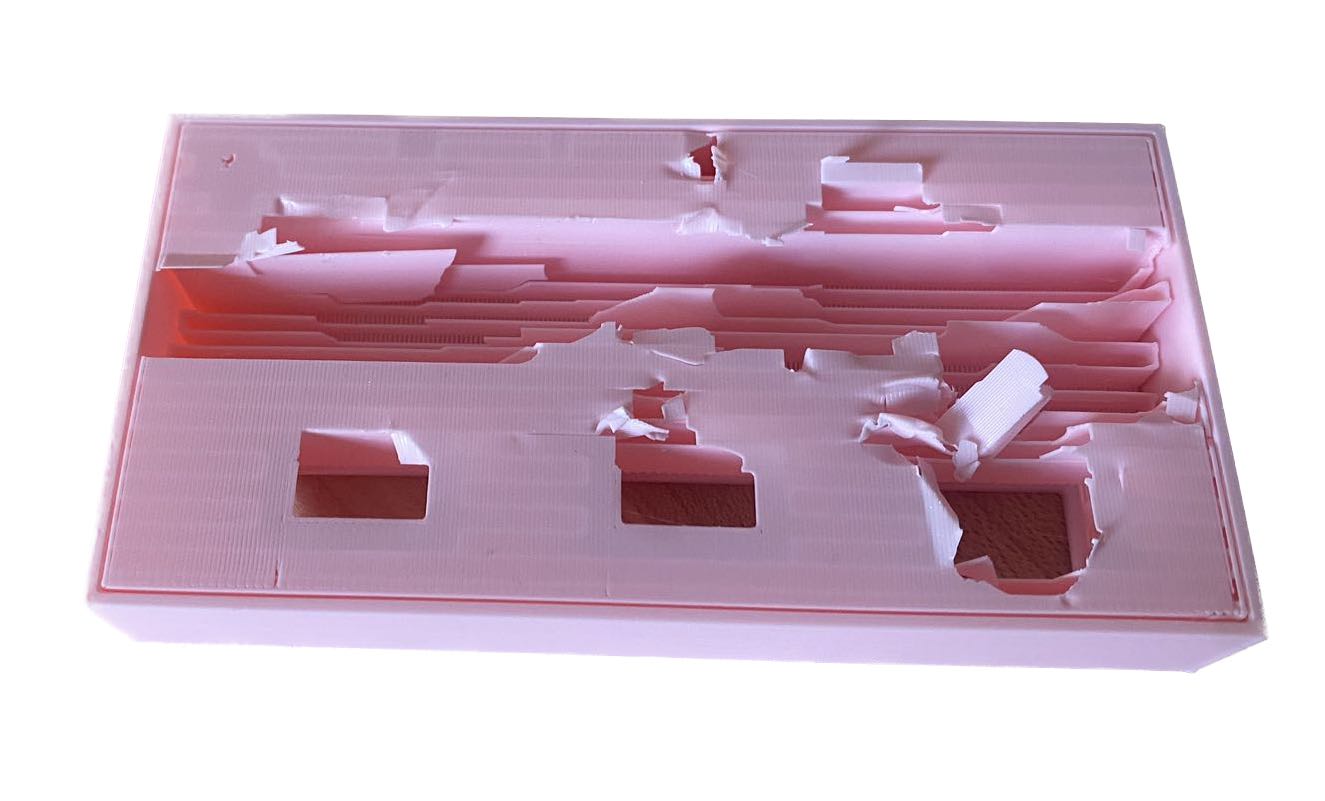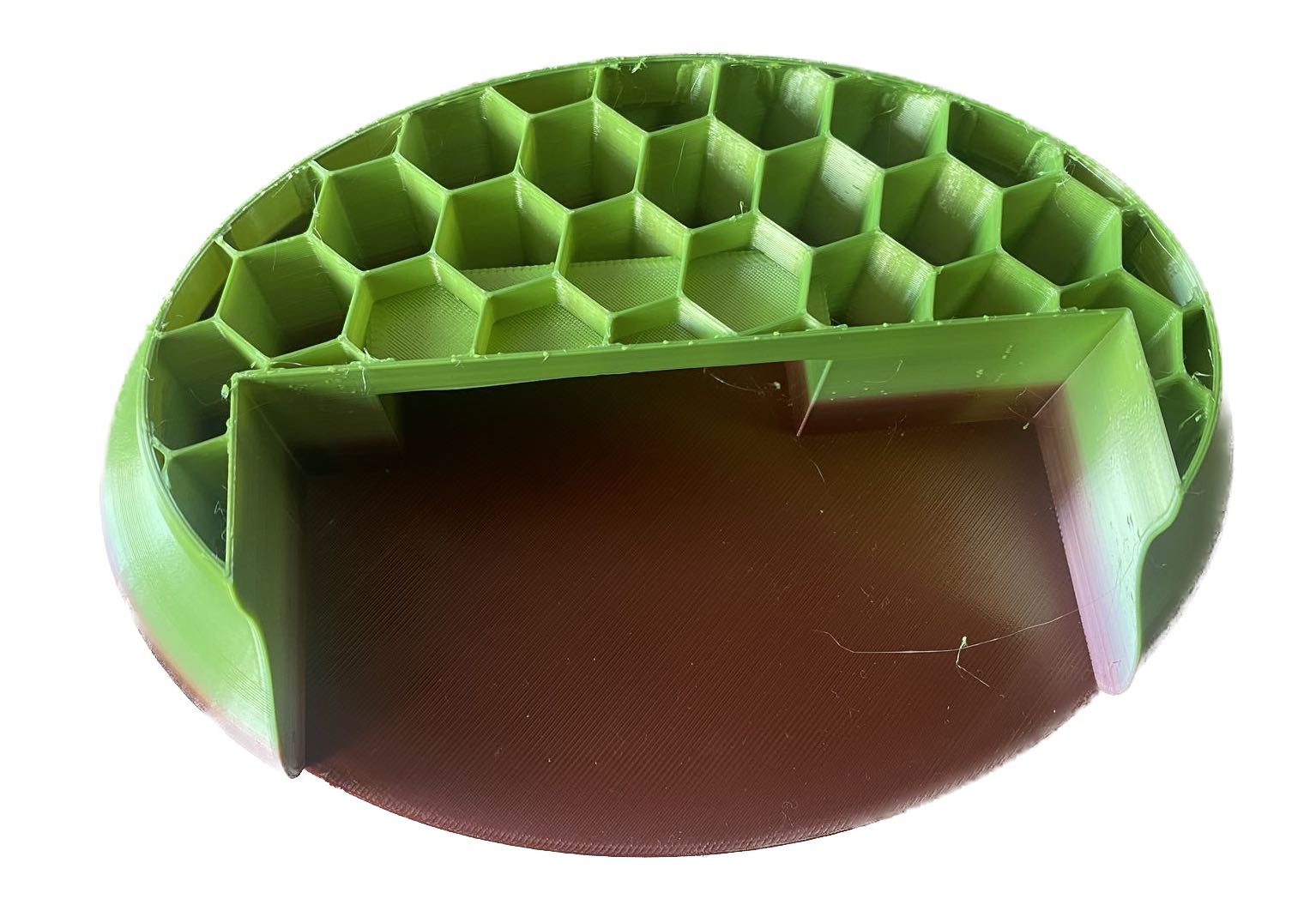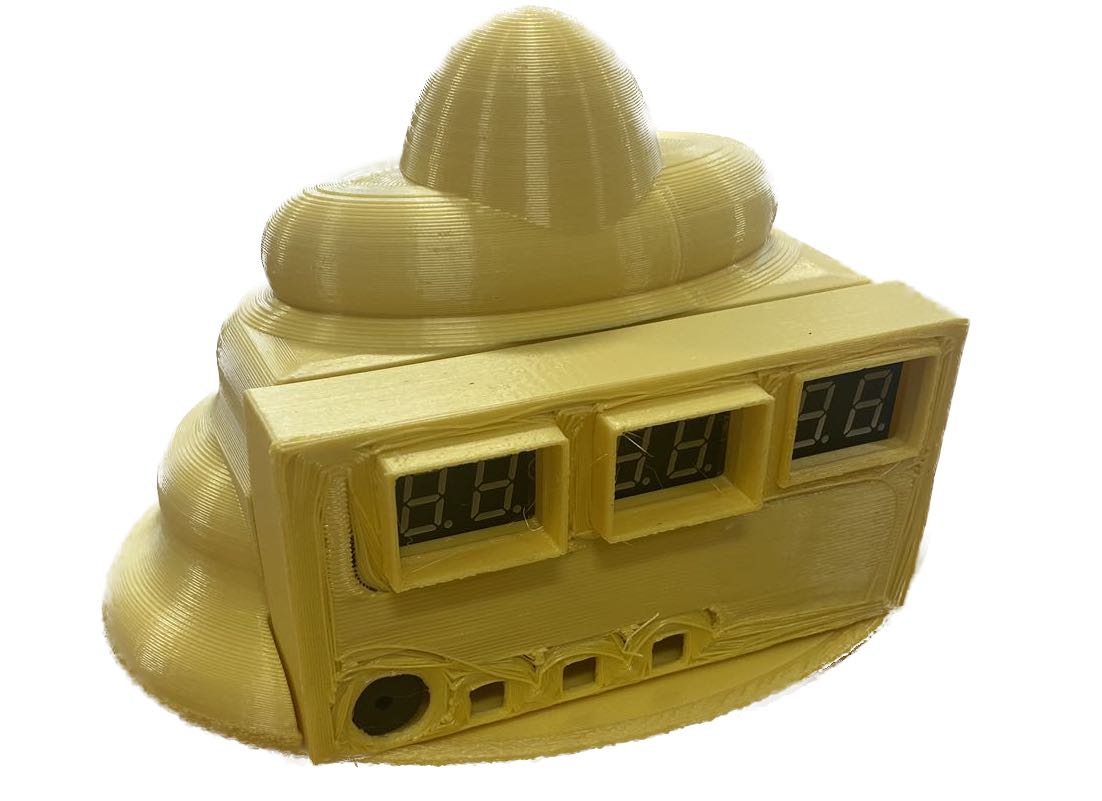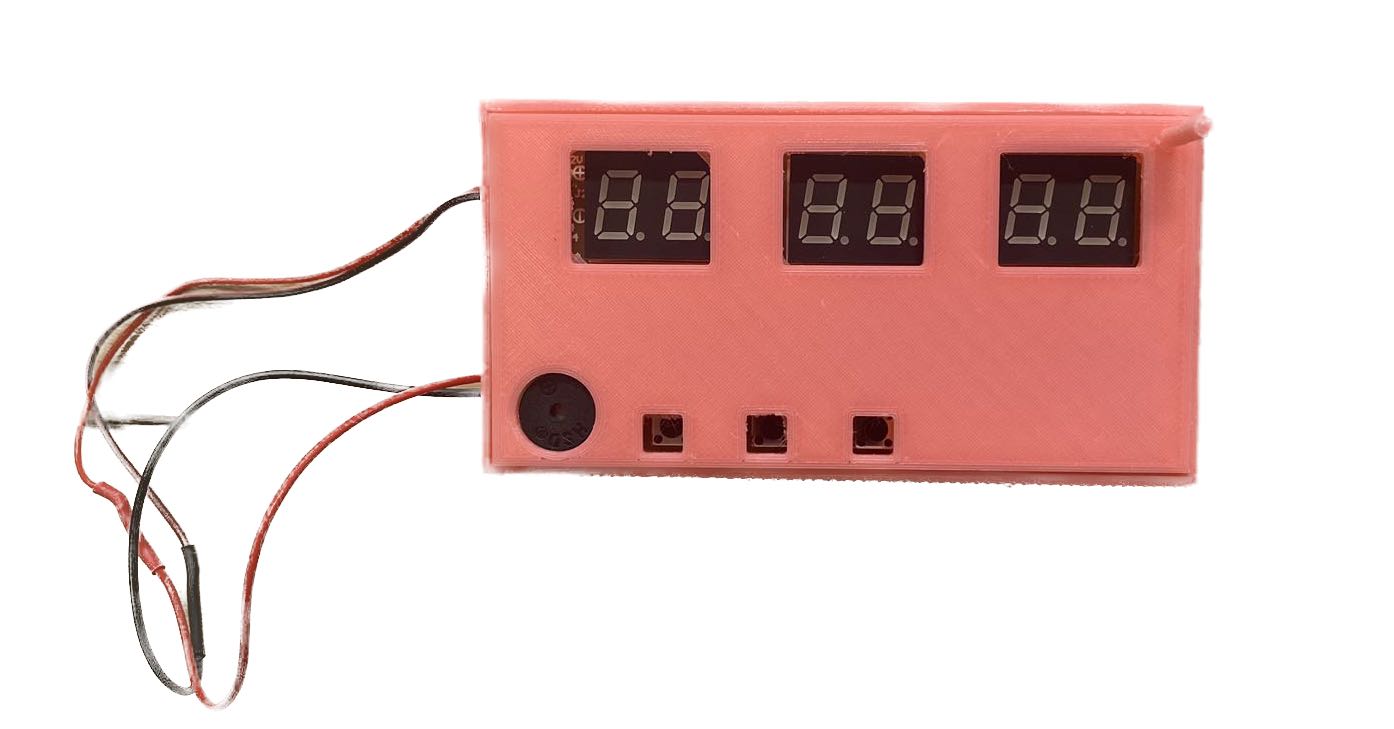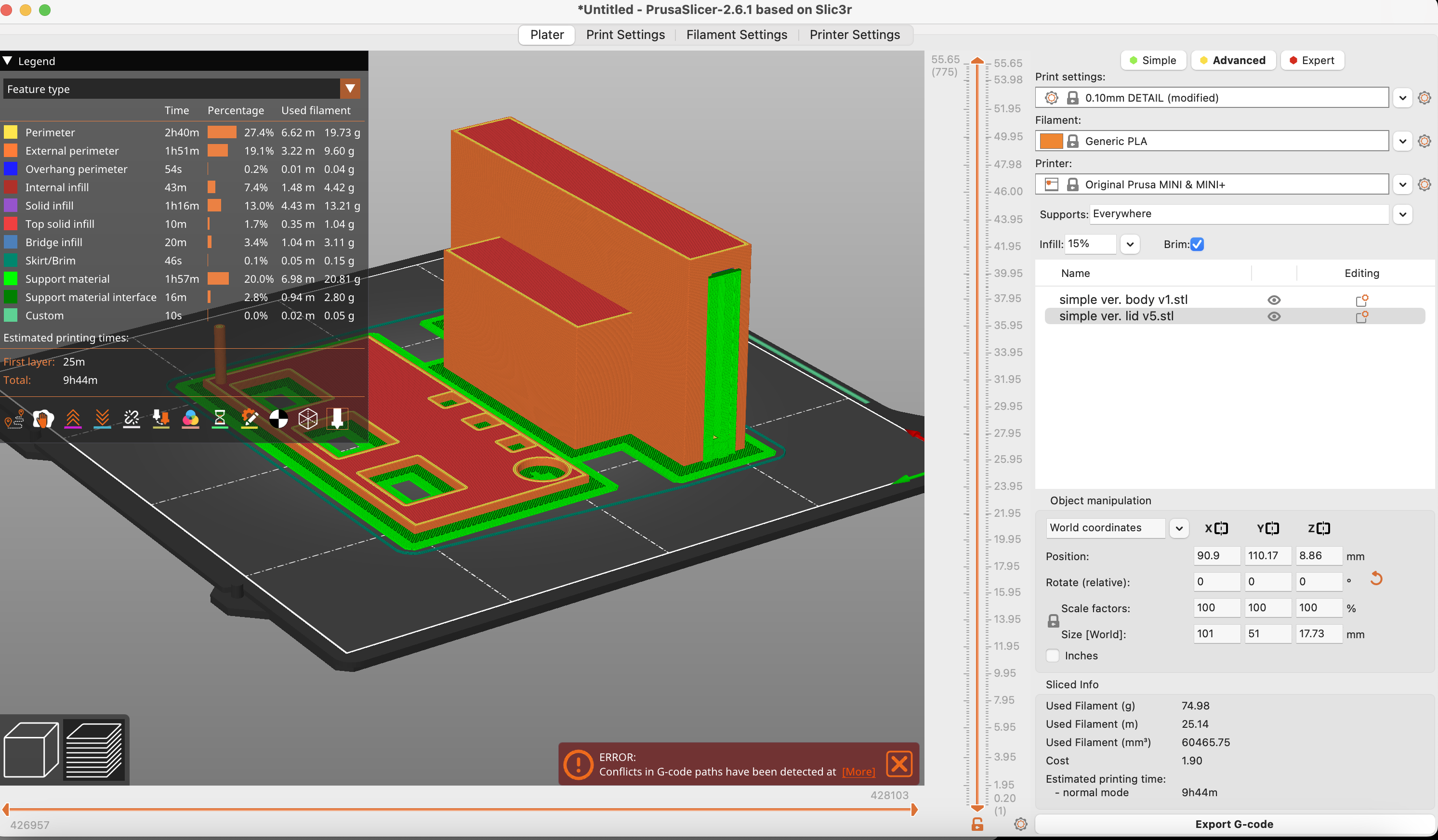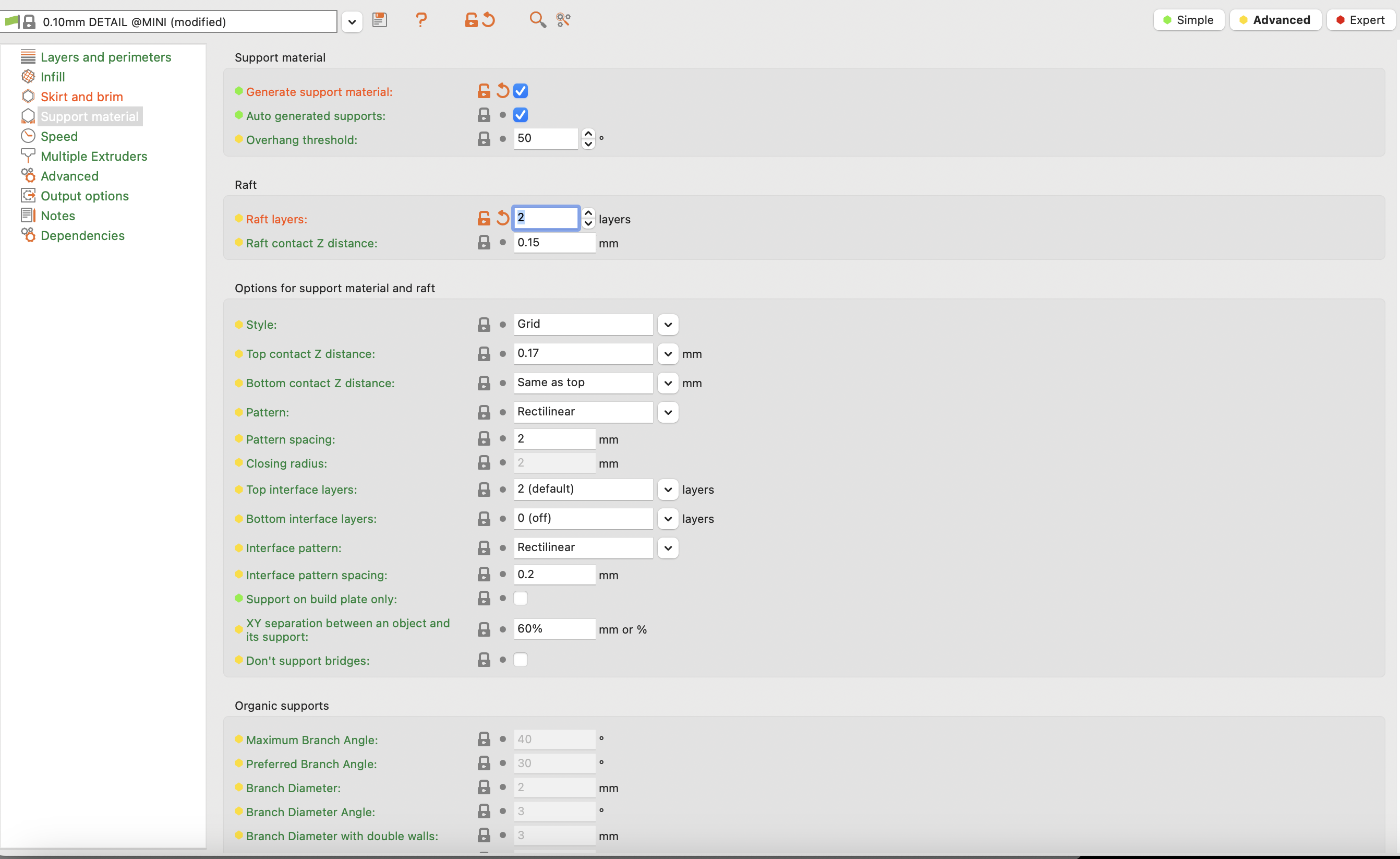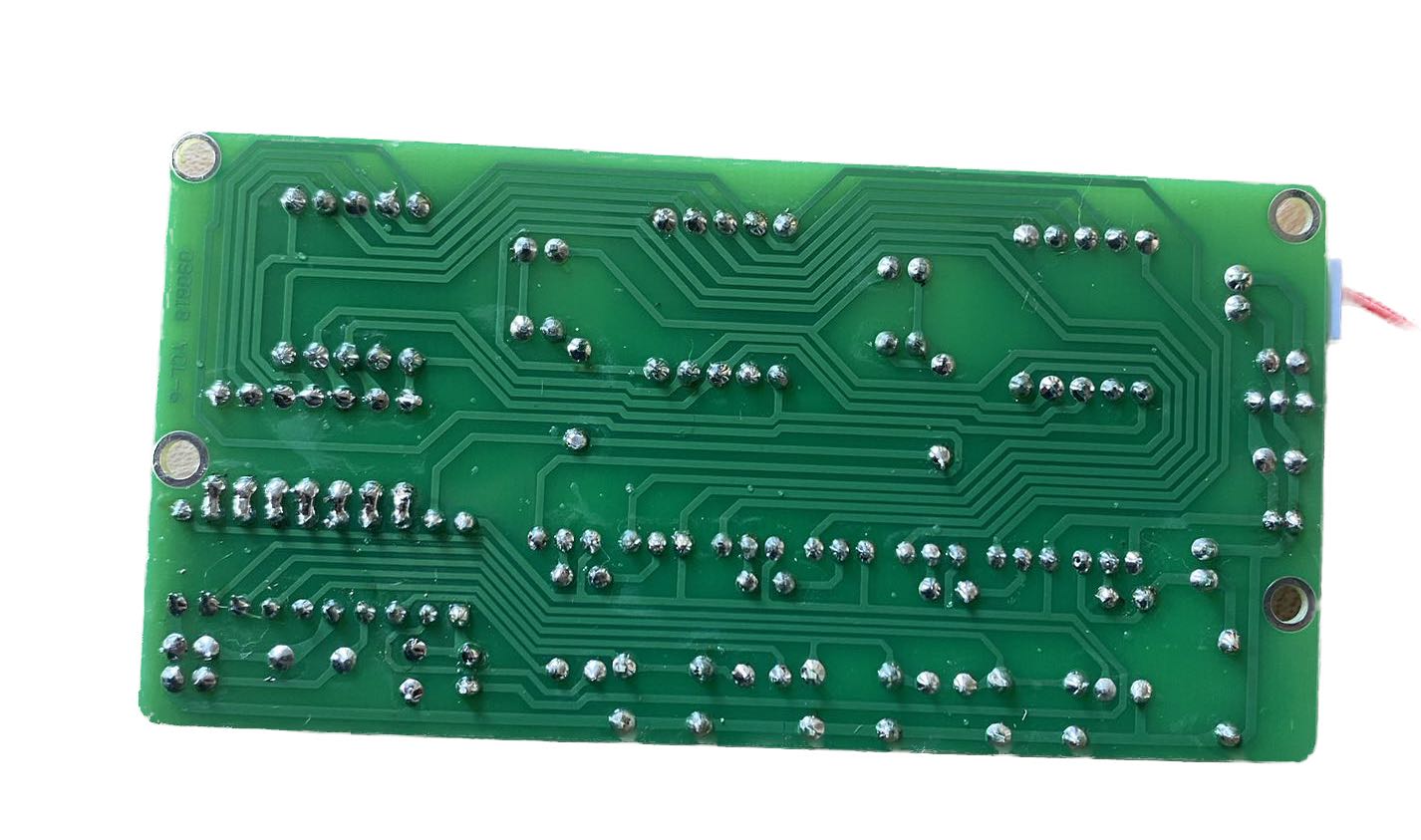

Soldering
The first step is to solder the kit. I had some prior soldering experience, though it dates back to my primary school days when I used to be a member of the electronics club. Nevertheless, I was a bit apprehensive about it since it had been a while, and I still remembered getting burned by the soldering iron. However, it didn't take me too long to regain this skill. The outcome was great. One important technique for achieving beautiful soldering points is not to linger too long on a single spot; a small amount of solder at the tip is sufficient to create a brilliant, flat soldering point. I once got some bulky soldering points, but the 'redo' tool helpe me a lot. One tip of the 'redo' tool is that you have to put it really close to the soldering point otherwise it won't be effective.
